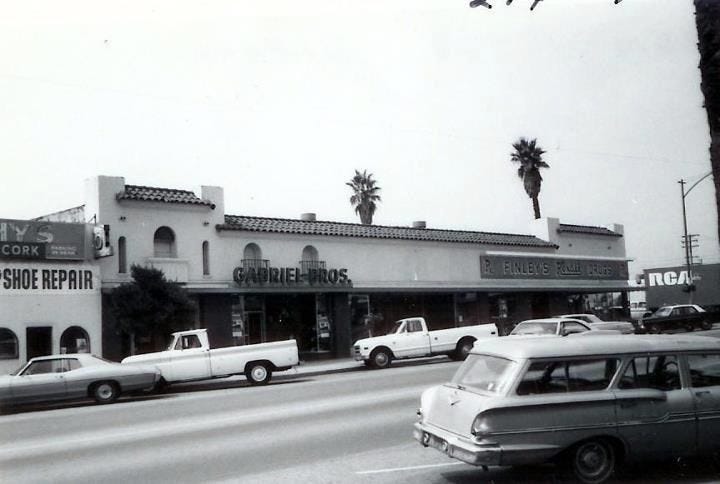Fontana: A Journey from a Troubled Past to a Promising Future.
Brooklyn Green, Staff Writer
The city of Fontana has been a diverse community, proudly welcoming all, but it wasn’t always this way. During the 1940s life in Fontana was quite different and estranged from the city we all know and love. It is important to note the significance of this month and recognize the progression and acceptance in Fontana, but it is also equally important to acknowledge Fontana’s troubled past with once segregated neighborhoods, lynchings, and Klu Klux Klan activity. Yes, in our city of diversity and acceptance there was once a time where this infamous terrorist group ran rampant. This was not in Tennessee, Georgia, Alabama, or another southern state synonymous with this kind of activity, but in our very own backyard.
During the early 20th century, Fontana was organized as a collection of chicken farms and citrus groves and by the early 1940s, the small San Bernardino County town had been transformed by the opening of a wartime steel mill into an industrial center. As the community grew and became more diverse, strict segregation lines emerged: Black families moving out of the overcrowded Los Angeles area were forced to live in the rocky plains of “North Fontana” and working in the dirtiest departments of the mill.
This was the reality for O’Day Short and his family in the year 1946. O’ Day Short his wife Helen Short and two children Barry, aged 9, and Carol Ann, aged 7 had been killed as their house had been bombed allegedly by ‘’accident’’. The weeks prior to the terrible incident the family was constantly harassed and after their death family members as well as the Los Angeles NAACP protested and conducted their own investigation in which they discovered the bombing was no accident. To this day no criminal investigation was ever opened, no arrests or prosecutions were made, and segregation persisted in Fontana for over 25 more years. This marked major significance and sent the message to blacks and other minorities in the city to keep away from ‘’white folk.’’
Baseline Road, now Baseline Ave., to us is just a road holding no perceivable importance, just another road allowing us to go from point A to B. Unfortunately, it was not just simply a road for our black brothers and sisters but a warning. Following the opening of the steel mill, everything north of this road was black homes and neighborhoods, as well as churches, shops and overall, a connected community. This community was referred to as the ‘’Tracks.’’ Every child and adult living in the ‘’Tracks’’ knew not to cross Baseline Road after dark or alone whether it was day or night. The only time anyone really crossed the “Baseline Road "was to get to school. Fontana high school was the only high school in Fontana for 37 years and become desegregated in 1954, two years after its opening. While this was a progressive decision, ignorance still ran rampant in the city.
George Pepper was the KKK Fontana area director and local resident. He held many rallies at his home where he spewed the KKK rhetoric and its hateful message. Many members burned crosses in the yards of black families, held many lynchings, and attacked just about any person of color. Between the 1970s and 80s, the steps of City Hall used to be the starting point for many of the Klan rallies. They adorned the Confederate flag and disrupted council meetings. In 1988, during a parade held in honor of Martin Luther King Jr. The group mounted a phone campaign urging “white workers” to stage a protest against the event. The Klan protested with taunts of “long live white America.”
Today, things are vastly different. Fontana has residents from diverse communities that live in harmony and make Fontana an inclusive city. In 2010 Fontana elected its first African American Mayor, in December of 2023 Randall Pepper Elementary School established the O’Day Short Family Unity Garden to pay tribute to the lives of O’Day Short and his family, we have a black student union (BSU) here at Fohi, and just this month Fontana High School hosted its second annual Black History Month Celebration. In conclusion, while Fontana has faced racial controversies in its history, it is evident that the community is actively committed to progress and inclusivity. Sometimes it is difficult for communities to acknowledge its controversial and complicated past, but our city has not only acknowledged its past but has been actively striving for a better tomorrow. By acknowledging past issues, engaging in dialogue, and implementing proactive measures, Fontana is actively shaping a future characterized by diversity, equality, and unity. Through ongoing efforts and collective determination, Fontana is paving the way for a brighter and more equitable tomorrow.
Brooklyn Green




